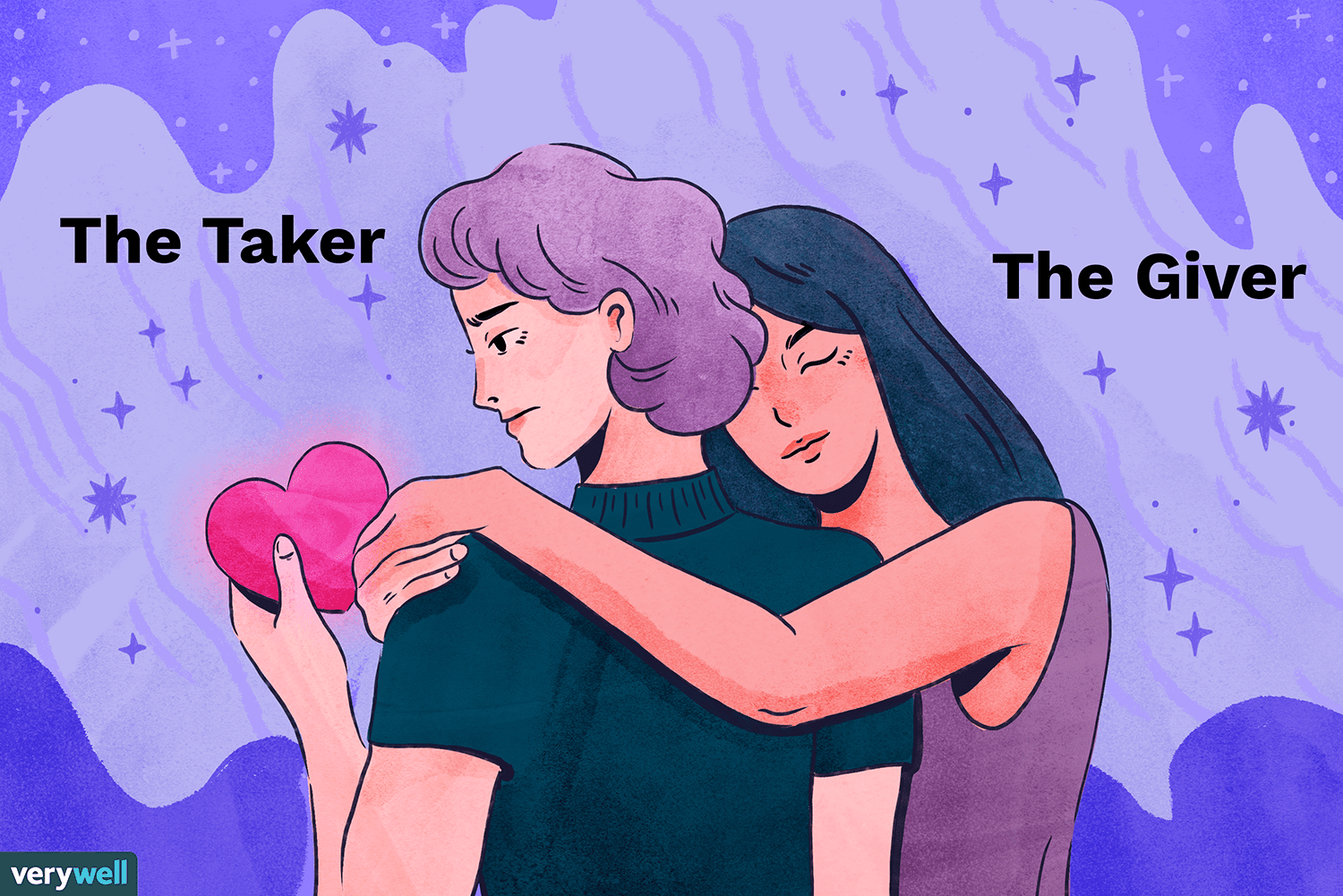
What is Xanax? Xanax, the trade name for alprazolam, is a potent prescription medication belonging to the class of drugs known as benzodiazepines. Prescribed primarily for the management of anxiety and panic disorders, Xanax works by decreasing abnormal excitement in the brain, often providing a calming effect. It’s known for its fast-acting nature, typically starting to work within an hour of ingestion. While this medication can be highly effective in short-term treatment, it also poses a risk of dependence and withdrawal symptoms, which makes careful monitoring essential. Its use is widespread, but due to its potency and potential for abuse, it is generally prescribed with caution and used under strict medical supervision.
Potential Side Effects of Xanax Explained by Drug Rehabs San Diego Staff

HGR drug rehabs San Diego staff knows the use of Xanax, while effective for many, can come with a range of potential side effects. Commonly reported ones include drowsiness, dizziness, fatigue, and impaired coordination, which may affect the ability to perform tasks that require attention and precision, such as driving. Some individuals may also experience more serious side effects such as mood swings, confusion, and depression.
In rare cases, Xanax can cause more severe adverse reactions like hallucinations, suicidal thoughts, or anaphylaxis, a life-threatening allergic response. Because of these risks, patients are advised to report any unusual symptoms to their healthcare provider promptly and to use the medication strictly as prescribed.
Xanax Addiction and Withdrawal
Xanax addiction can develop with long-term use, especially when taken in larger doses or more frequently than prescribed. Its potential for creating tolerance means individuals may require higher doses to achieve the same calming effects, leading to a vicious cycle of dependence. Withdrawal symptoms can be severe and, in some cases, life-threatening, manifesting as insomnia, anxiety, seizures, tremors, and even psychosis.
The process of withdrawing from Xanax should be done cautiously and under the guidance of a healthcare professional, typically involving a gradual tapering of the dosage to mitigate withdrawal effects. It’s crucial for patients and their families to be aware of the signs of addiction and the importance of seeking medical advice if dependency is suspected.
Treatment Options for Xanax Dependence by Inpatient Drug Rehabs San Diego, California

HGR inpatient drug rehabs San Diego, California staff educates on approaches for treating Xanax dependency. There are several approaches to treating Xanax dependence, which can be tailored according to the severity of the addiction and individual patient needs. Initially, a medical detoxification process may be necessary, where the drug is safely removed from the body under medical supervision. This is often followed by pharmacotherapy, where medications may be prescribed to help manage withdrawal symptoms and prevent relapse.
Counseling and therapy play a pivotal role in treatment, with cognitive-behavioral therapy being particularly effective in helping individuals understand the patterns and behaviors associated with their addiction. Additionally, support groups and rehabilitation programs can offer the necessary social support and resources to facilitate recovery. Addressing underlying mental health conditions, such as anxiety or depression, is also a critical component of comprehensive care, ensuring that the contributing factors to the addiction are managed effectively.
Managing Xanax Withdrawal
Withdrawing from Xanax requires a carefully structured management plan to ensure safety and minimize discomfort. The cornerstone of effective withdrawal management is often a medically supervised tapering schedule. This process entails gradually reducing the dosage of Xanax over time, allowing the body to adjust without triggering severe withdrawal symptoms. The tapering schedule must be individualized, taking into account the dosage that the patient was taking, the duration of use, and the patient’s overall health.
Additionally, healthcare providers may supplement the tapering process with non-addictive medication aimed at alleviating specific withdrawal symptoms, such as sleep disturbances or increased anxiety. Psychological support is equally important during this phase. Engaging in therapy, counseling, and joining support groups can provide emotional support and coping strategies. Moreover, maintaining a healthy lifestyle with a balanced diet, regular exercise, and adequate rest can also play a significant role in managing withdrawal symptoms effectively. It is vital for patients to stay in close communication with their healthcare providers throughout the withdrawal process to ensure any complications are addressed promptly.
Inpatient Drug Rehabs San Diego California Can Help

Our inpatient drug rehabs San Diego counseling staff knows the gravity of seeking professional assistance when managing Xanax withdrawal cannot be overstated. Attempting to detox from benzodiazepines without medical guidance can lead to severe health risks, including potentially life-threatening withdrawal symptoms. Professional healthcare providers have the essential expertise to create a bespoke tapering schedule that mitigates withdrawal risks. Moreover, they can prescribe appropriate medications to ease withdrawal symptoms, monitor for complications, and provide immediate intervention if needed.
This level of supervision and support is crucial for not only safeguarding the patient’s physical health but also for addressing psychological dependencies. Therapists and counselors are instrumental in the recovery process, offering strategies for managing the underlying issues that may have contributed to the dependence. In simple terms, professional assistance provides a comprehensive safety net that dramatically increases the likelihood of a successful and safe recovery.
Long-Term Effects of Xanax Use
Harmony Grove Recovery drug rehabs San Diego talks about the long-term effects of Xanax use. Chronic use of Xanax can lead to long-term effects that extend beyond the immediate risk of addiction and withdrawal. Over time, the sustained use of this medication can result in cognitive impairment, which may manifest as difficulty with memory, learning, and performing complex tasks. Additionally, long-term users might experience emotional blunting, where their ability to experience emotional highs and lows is diminished, leading to an overall reduction in life quality. Physical health can also be compromised, as long-term Xanax use has been associated with decreased bone density, increasing the risk of fractures and osteoporosis. Furthermore, there may be an increment in the sensitivity to stress, as the body’s natural ability to manage anxiety without medication is weakened. It is essential for physicians to periodically reevaluate the necessity of continued benzodiazepine therapy and consider the long-term health and quality of life for their patients.
The impact of long-term Xanax use on mental health is a significant concern. Users may find themselves in a paradoxical situation where the very symptoms they sought to alleviate, such as anxiety and stress, become exacerbated over time. The brain’s reliance on the medication can lead to a decreased natural capacity to regulate mood and stress levels. Additionally, cognitive effects can be profound, with some individuals displaying signs of confusion, decreased clarity of thought, and even the development of depression. Frequent and prolonged use of Xanax may also inhibit the ability to form new memories, a condition known as anterograde amnesia. The balance between managing the benefits of Xanax for immediate relief and the potential for these adverse mental health outcomes is a delicate one, necessitating vigilant monitoring and, where possible, the exploration of alternative therapies that do not carry the same risks for long-term mental health issues.
Call HGR Alcohol and Drug Detox Centers Now

Harmony Grove Recovery drug and alcohol addiction treatment centers in southern California has experience in treating Xanax dependency. The complexities inherent in the treatment of Xanax dependency and the management of its long-term effects underscore the pressing need for a multifaceted approach to care. Healthcare professionals are tasked with the diligent balancing act of providing immediate relief from anxiety disorders while guarding against the onset of dependency and the myriad of adverse mental, emotional, and physical outcomes over prolonged periods.
It is incumbent upon medical providers to continuously evaluate the necessity and duration of benzodiazepine therapy against its potential risks, advocating for alternative treatments and holistic strategies whenever possible. The onus is also on patients to remain informed about their treatment and actively engaged in their recovery process, working in tandem with healthcare providers to mitigate the risks. Vigilance and adaptability in the management of Xanax use are indispensable tools in preventing the potential erosion of quality of life and ensuring sustained wellbeing.
Cal Harmony Grove Recovery drug and alcohol detox centers in San Diego and southern California now at 760-697-0497. We accept most health insurances and can get you in today. We have helped many achieve long-term recovery.
Discover more from reviewer4you.com
Subscribe to get the latest posts to your email.





